Can You Put Solar Panels on a Gambrel Roof? Is It Safe?
Got a gambrel roof? I bet you’re wondering if you can deck it out with solar panels. I feel you – with those dual pitches, it’s not as easy as slapping panels on a simple slanted roof. But between you and me, it can totally be done! Don’t let that funky geometry scare you off from solar. With the right equipment and installer who knows their stuff, you can make that gambrel work for you. It just takes some extra care to map out the angles and anchor things securely. But I promise with strategic planning, you can rock some serious solar, even on a gambrel roof! It’ll take a little elbow grease, but where there’s a will, there’s a way.
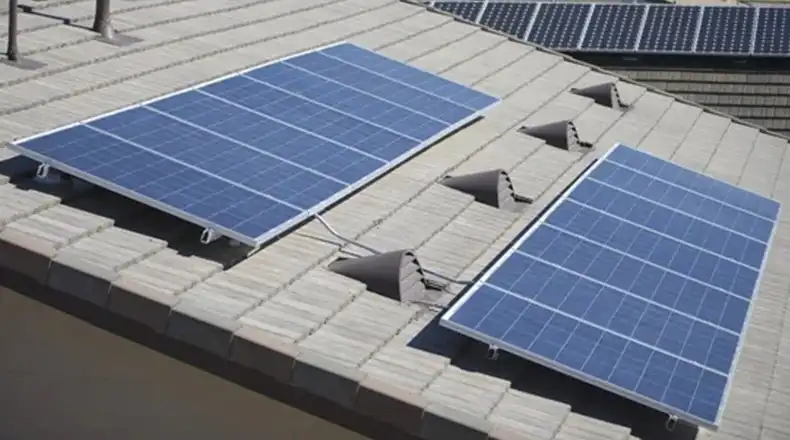
Challenges You Will Face While Installing Solar Panels on a Gambrel Roof
The dual-pitched design of gambrel roofs poses some key challenges for solar installation that must be addressed.
The Complex Angles Pose Design and Placement Challenges
The dual slopes of a gambrel, with their sharply different pitch, make arranging solar panels more complex than on a simple angled roof. You can’t just line up rectangular solar arrays in neat rows across a single plane. The angles require more intricate modeling, planning, and calculation to map out an efficient solar installation across both the upper and lower roof segments.
Mapping Out Precise Placement and Angles Takes Time
You need to carefully plot each panel location and angle of tilt to maximize sunlight exposure within the different slopes. This takes greater time and precision compared to basic rectangular solar grids. The placement and layout must be meticulously mapped based on the roof segments’ angles and directional orientation.
Optimizing Tilt Requires Custom Mounts for Each Segment
The optimal panel tilt will vary on the gentler lower slope versus the ultra-steep upper section. Installers may need to use different tilt mounts customized for each segment. Precisely aligning the solar arrays across this split design takes greater engineering skill.
Racking and Mounting Must Accommodate the Steep Pitch
Attaching racking securely on the steep upper pitch of a gambrel roof requires heavy-duty, specialized equipment. Standard racks simply can’t be anchored well at such an extreme angle without the risk of failure. The racking must be firmly fixed at multiple attachment points to withstand wind, weather, and gravitational stresses on the radical slope.
Adjustable Mounts Allow Proper Inclination
Installers need adjustable tilt mounts capable of being bolted or lag-screwed into the roof decking at the optimal inclination. The racks can’t just be leaned against the roof at an angle; they require solid affixing. This usually involves penetrating mounting hardware and robust, reinforced rails.
Beefier Rails and Mounts Provide Stability
The racking approach may also differ between the upper and lower sections. Wider, heavier rails or additional cross-bracing may be needed on the radical upper angle. Beefier mounting points anchor the structure against the slope. The lower section may use lighter rails since the gentler pitch provides more stability.
The Weight Distribution Must Be Carefully Calculated
Gambrel roofs lend themselves to solar because of the increased surface area compared to simple sloped roofs. However, with more panels comes greater weight that could overwhelm the roof structure. The racking, hardware, and panels themselves add substantial heft, especially on the steep upper slope where gravity adds stress.
Balance Panel Layout Between Slopes
Installers should calculate the total solar system weight and determine how to distribute it appropriately between the upper and lower segments. The steeper pitch may limit weight capacity, requiring more panels to be situated on the gentler slope. A structural engineer may need to evaluate the roof structure to gauge reinforcement needs.
Reinforcements May Be Needed
Additional framing and stronger rafters or trusses may be required to handle the load.
Proper weight dispersal combined with structural enhancements ensures the roof can bear the entire system without buckling or collapsing. Essentially, you must strike the right balance between energy generation capacity and roof load capabilities when devising the solar layout.
Accessing the Steep Upper Slope
The steep pitch of a gambrel’s upper slope poses accessibility difficulties for installers to securely mount racks and panels. It can be challenging to safely walk on and work on such a radical angle. Special safety harnesses and climbing equipment may be needed.
Lifts and Ladders Help Access Upper Roof
Installers often use lifts or extra tall ladders placed securely to safely access the upper roof. Cranes may also be brought in to hoist equipment. OSHA fall protection is essential for worker safety.
Working Safely Requires Planning and Training
Crews must plan carefully to install and anchor racks properly from such heights and pitches. Proper training in steep roof access, fall prevention, and handling heavy equipment is critical. Safety should be the top concern.
The Advantages of Putting Solar Panels on a Gambrel Roof
Despite the challenges, gambrel roofs also provide some distinct advantages for solar installations.
The Extra Surface Area Allows More Solar Panels
One major advantage of the gambrel’s signature double slopes is the sheer increase in overall roof surface space compared to a simple sloped design. The expanded footprint enables the installation of more solar panels, meaning greater electricity production potential.
With more panels, you can generate more of your home’s energy demand directly from the sun. Even if the upper roof limits panel numbers due to weight restrictions, the lower roof still provides ample area for sizable solar arrays. Ultimately, a gambrel equates to far more solar real estate than a single-pitch roof.
The Steep Upper Pitch Improves Solar Efficiency
While the radical upper slope poses challenges, it also lends better solar efficiency. As the angle increases, panels capture more direct sunlight exposure and less reflected light. The steep gambrel upper roof is intrinsically angled for excellent solar absorption.
The acute pitch also promotes snow shedding in winter, keeping solar panels clear of obstructive, power-draining buildup. Gambrel roofs allow gravity to quickly sweep off the snow. This ensures solar panels maintain optimum exposure year-round, even in harsh northern winters.
Appealing Aesthetics – Panels Blend in Better
For some homeowners, a big visual deterrent to solar is panels mounted on a shallow, residential roof pitch. This can look disjointed and industrial. On a gambrel’s steep upper roof, much of the solar array is obscured from street view.
The radical pitch allows the panels to integrate in a lower-profile way than perching on the edge of a gentle residential roof slope. With thoughtful solar placement, much of the system can be tucked aesthetically behind the gable ridge line. Solar adopts a more natural, blended look rather than sticking out.
More Effective Use of the South-Facing Surface Area
Gambrel roofs typically feature gable ends on the north and south faces of the home. This orientation inherently lends itself to solar by maximizing exposure to the southern sky. The different roof angles provide flexibility in how the south-facing surface area is utilized.
Panels can blanket the most sun-drenched section while still reserving gentler areas for ventilation, skylights, or architectural elements. The ideal solar location is quickly evident based on the roof contours. A gambrel offers the excellent capability to capitalize on solar’s ideal compass direction.
Tips for Successfully Installing Solar Panels on a Gambrel Roof
Proper planning and equipment choices are key to addressing the unique solar challenges posed by gambrel roofs.
Consult with Solar Installers Experienced in Gambrel Roofs
Never underestimate the value of an installer well-versed in the intricacies of gambrel solar mounting. They have engineered solutions for these roofing challenges many times over. Listen to their recommendations for equipment, placement, weight distribution, and addressing structural considerations.
Utilize Adjustable Racking and Mounting Hardware
The industry offers adjustable racking systems designed to account for mixed roof angles. These let you orient panels at the proper tilt for each gambrel section. Look for sturdy mounting hardware with multiple lag-bolt points for security on the steep pitch.
Map Out a Detailed Roof Analysis and Solar Plan
Have installers conduct an extensive roof inspection and solar modeling process. The analysis should evaluate the roof structure, truss/rafter spacing, etc. Overlay the ideal panel layout based on optimum sun exposure and equipment specifications.
Distribute the Weight Intelligently Between Slopes
Strategically balance the system weight using roof load calculators. Allocate more panels and hardware weight to the lower roof while minimizing loading on the upper slope. But also factor in wind shear – the upper roof may better resist wind stress.
Reinforce the Roof Structure as Needed Beforehand
If the roof needs reinforcement to support the system weight, address this proactively. Add plywood sheathing, sister the rafters or install additional trusses where needed. This fortification provides peace of mind before adding solar burden.
With smart solar positioning, robust mounting equipment, and a bolstered roof structure, installing panels on a gambrel roof can be very successful. You can overcome the hurdles through proper planning and engineering.
Final Thoughts
Installing solar panels on a gambrel roof has unique challenges – from planning complex panel layouts across dual slopes to safely accessing steep pitches. However, with strategic solar placement, robust mounting equipment, and proper structural reinforcements, the hurdles can be overcome. The pros of increased energy production potential and ideal solar geometry on a gambrel roof can outweigh the cons. By partnering with an experienced solar installer, implementing safety precautions, and tailoring the system engineering to your specific roof, gambrel solar projects can be very successful. With diligence and care taken to address the intricacies, you can tap into the sun’s power, even on this distinctive roof style. The result is energy cost savings combined with reduced environmental impact. Don’t let the geometry scare you – solar on a gambrel roof can shine!

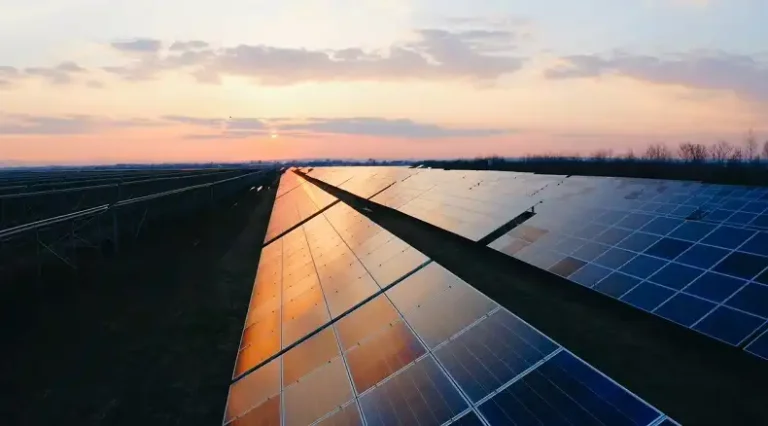
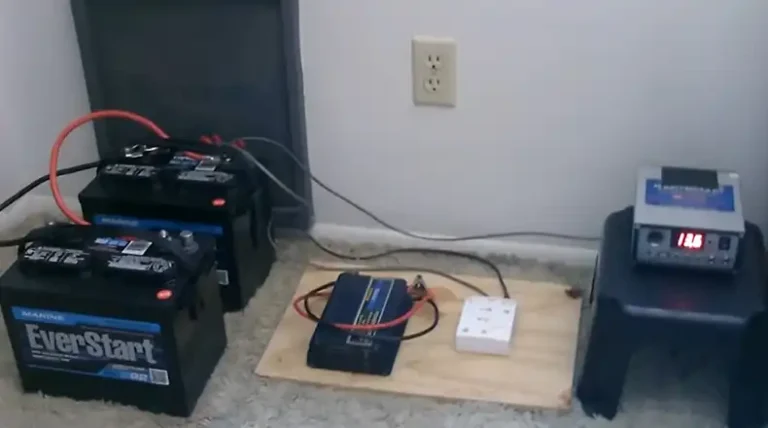
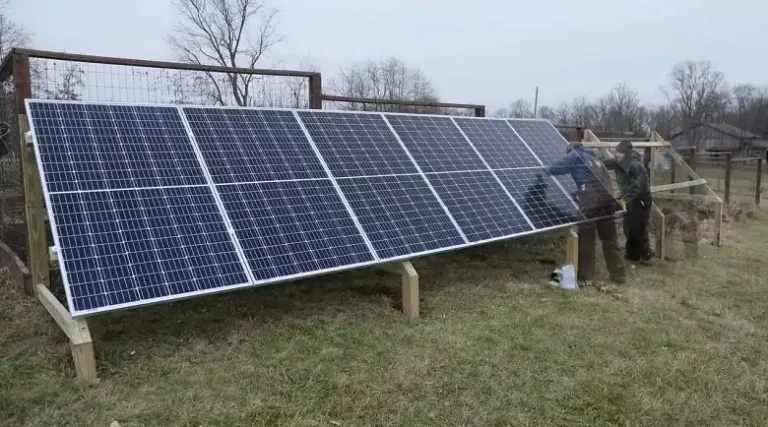
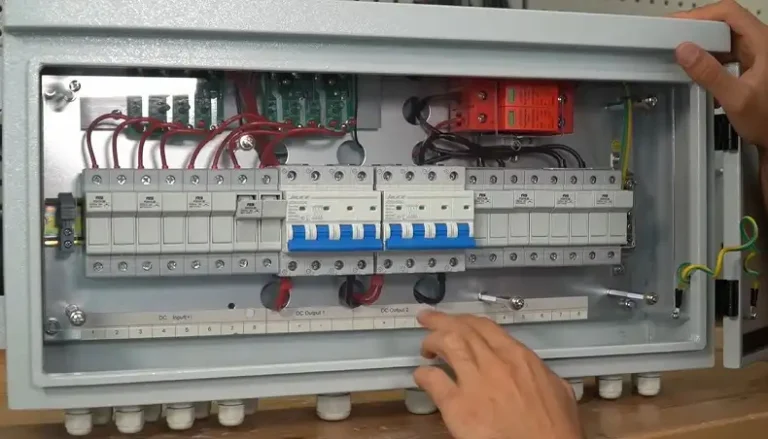

![[Explained] What Can I Do With A 1.5 Watt Solar Panel?](https://www.itekenergy.com/wp-content/uploads/2023/08/what-can-I-do-with-a-1-5-watt-solar-panel-768x428.webp)